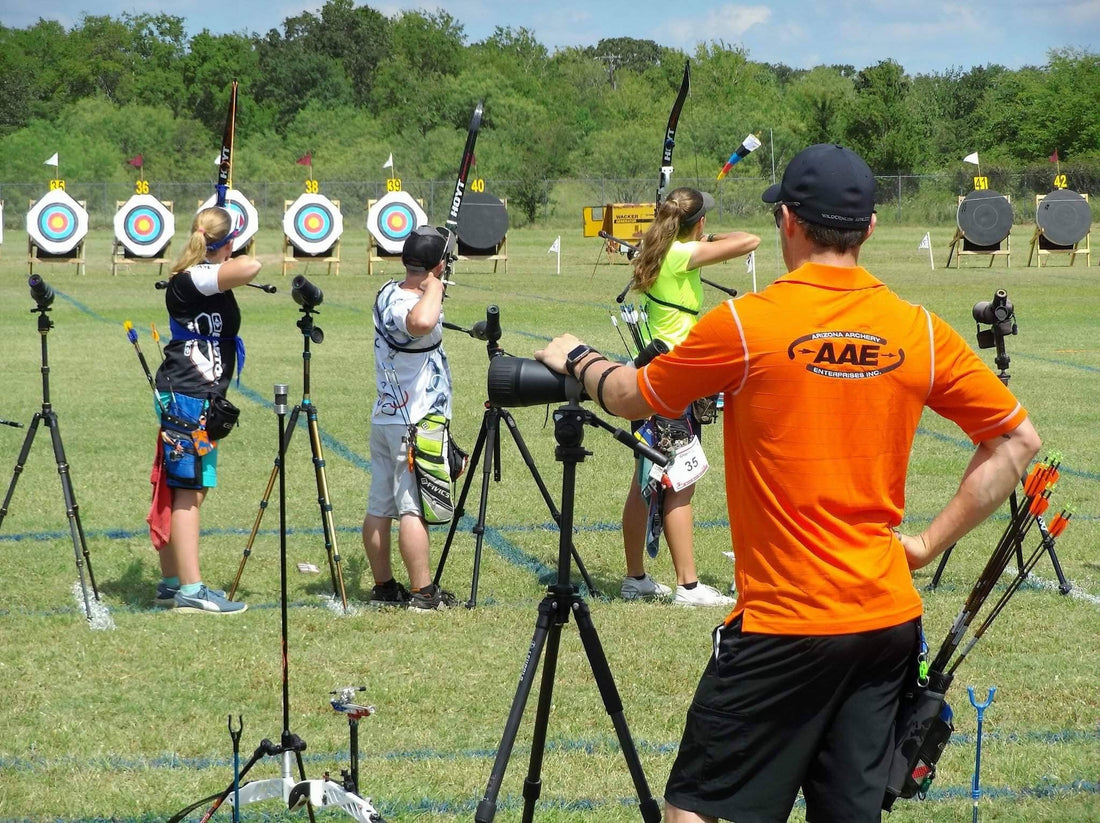
Form Changes in Archery: A Guide to an Effective Transition
Share
If you're considering making adjustments to your archery form, it's important to approach the process with care, focus, and realistic expectations. Whether you’re a seasoned archer or just starting out, changing your form can lead to improved performance—but it also requires thoughtful preparation and patience. Below, you'll find insights from Jake Kaminski and practical tips to help you transition safely and effectively.
Understand the Fundamentals of Form Changes
When altering your technique, remember that you’re essentially teaching your body a new way to perform. This can involve:
-
Targeted Muscle Groups:
Small muscles in your shoulders and back play a crucial role in controlling your draw and anchor. New movements may stress these areas differently, so be aware of potential discomfort or strain. -
Neuromotor Pathways:
Your brain and muscles work together via proprioception—your body’s ability to sense movement and position. When you adopt a new form, you’re essentially building a new neural pathway. This process takes time, and early efforts may feel awkward as your body adapts.
Equip Yourself for a Safer Transition
To protect yourself from potential injury when making form changes, consider adjusting your equipment:
-
Lighter Bows Are Your Friend:
Begin with a bow that has a lower draw weight. Using a lightweight bow (or even a stretch band, such as those in the yellow or red range) can help reduce stress on your muscles as you learn the new form.- Tip: If you have access to multiple bows, choose one with 15–20 pound limbs or a similarly light alternative for practice.
-
Gradual Resistance Training:
Once you’re comfortable with the new form, you can gradually transition to heavier equipment to build strength without compromising your technique.
Focus on the Details: Tension, Anchor, and Movement
Small changes in your form can have a big impact on your overall consistency. Here are some areas to pay special attention to:
-
Maintaining Back Tension:
As you draw your bow, focus on keeping a steady, controlled tension in your back. Losing tension—even slightly—can lead to a shorter draw length and affect your shot accuracy. -
Consistent Anchor Points:
Whether you anchor with your jaw, fingertip, or another reference point, use the same spot every time. Inconsistencies here can disrupt the entire shot cycle. -
Avoiding Distractions:
When integrating new movements, it’s easy to become distracted—especially when adding components like aiming. Concentrate on one change at a time to ensure that your body develops the correct movement pattern before layering on additional elements.
Embrace the Process and Manage Expectations
Changing your form isn’t a quick fix—it’s a gradual process that requires both physical and mental commitment:
-
Anticipate Setbacks:
Old habits are deeply ingrained, and it’s normal to revert to familiar patterns, especially under pressure. Accepting that setbacks are part of the journey can help you stay motivated. -
Be Patient:
Progress may be slow, particularly if you’ve been practicing a certain way for years. Remember that every arrow, every practice session, and every moment of frustration is an opportunity to build a stronger, more effective shooting habit. -
Real-Life Experience:
Jake Kaminski started at a young age with no system at all—focusing merely on drawing back, aiming, and releasing. Over time, with thousands of arrows shot and countless adjustments made, with the help of coach Lee, he eventually developed a refined method that led to significant achievements, including competing at an Olympic level. While your path may be different, the underlying truth remains: consistent effort over time leads to mastery.
Stay Committed and Seek Support
The journey to better form requires dedication, resilience, and sometimes a bit of guidance. Here are some additional thoughts to keep in mind:
-
Don’t Rush the Process:
Focus on one aspect of your form at a time. As each new movement becomes natural, integrate additional changes gradually. -
Connect with the Community:
Sharing experiences and challenges with fellow archers can provide both practical tips and much-needed encouragement. Whether you're practicing in your backyard or competing in a tournament, the support of a like-minded community can make all the difference. -
Celebrate Small Victories:
Every improvement, no matter how minor, is a step toward achieving your long-term goals. Recognize and celebrate your progress along the way.
Final Thoughts
Making form changes in archery is undoubtedly challenging, but with the right approach, it can also be incredibly rewarding. By using lighter equipment to protect your body, focusing on key technical elements like tension and anchor, and patiently building new neural pathways, you set yourself on the path to more consistent and accurate shooting.
Remember: nothing worthwhile comes easily. The effort you put in now lays the groundwork for future success, whether you're shooting for personal enjoyment or striving for competitive excellence. Keep pushing, stay focused, and know that every shot brings you one step closer to mastering your craft.
Happy shooting, and may your journey in archery be as rewarding as it is challenging!
Best,
Kaminski Archery Team

